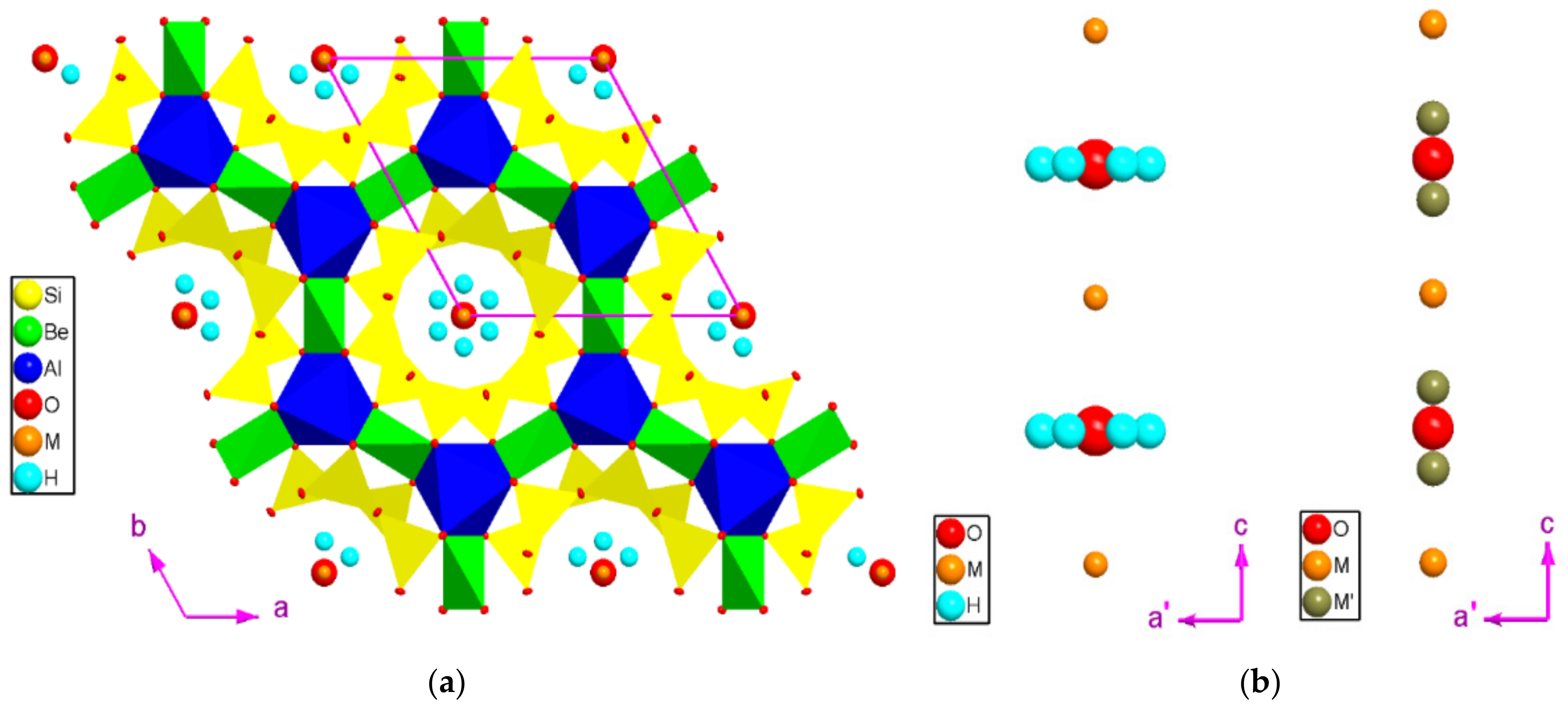Current Status and Track of Hurricane Beryl

Hurricane Beryl, a Category 3 storm, is currently located about 900 miles east-southeast of the Lesser Antilles. The hurricane is moving west-northwest at 15 mph and is expected to continue on this track for the next few days. Beryl is expected to strengthen to a Category 4 hurricane by Friday and could reach Category 5 strength by Saturday.
The hurricane is expected to pass near or over the Lesser Antilles on Friday and Saturday, bringing heavy rain, strong winds, and storm surge. The storm is also expected to produce heavy rain in Puerto Rico and the Virgin Islands.
Historical Context and Notable Impacts of Beryl: Nhc Beryl

Nhc beryl – Hurricane Beryl, a powerful Category 4 storm, has left a trail of destruction in its wake, leaving many to wonder about its historical significance and potential long-term effects.
Beryl is the first major hurricane to make landfall in the Caribbean since Hurricane Irma in 2017. It is also the strongest hurricane to hit the region since Hurricane Maria in 2017.
Comparison to Previous Hurricanes, Nhc beryl
In terms of strength, Beryl is comparable to Hurricane Irma, which was a Category 5 storm. However, Beryl’s track is different from Irma’s, which made landfall in the northern Caribbean and then moved up the coast of Florida.
Beryl, on the other hand, made landfall in the southern Caribbean and is expected to move across the Dominican Republic and Haiti before heading towards the Bahamas.
Potential Long-Term Effects
The long-term effects of Hurricane Beryl are still unknown, but it is likely to have a significant impact on the affected areas.
- Infrastructure damage: Beryl’s strong winds and heavy rains have caused widespread damage to homes, businesses, and infrastructure.
- Economic losses: The hurricane is expected to cause billions of dollars in economic losses, due to damage to property and disruption of business.
- Environmental damage: Beryl’s storm surge and heavy rains have caused flooding and erosion, which can damage coral reefs and other marine ecosystems.
Safety Precautions and Emergency Response
Hurricane Beryl poses significant risks to individuals within its path. Adhering to safety precautions and following emergency response protocols is crucial for safeguarding lives and property.
The National Hurricane Center (NHC) plays a pivotal role in monitoring Hurricane Beryl’s movement and issuing timely advisories. These advisories provide valuable information on the storm’s intensity, trajectory, and potential impacts. Individuals should closely monitor NHC advisories and follow the recommended actions to stay informed and prepared.
Evacuation Plans
In areas where evacuation is advised, it is imperative to follow instructions promptly. Local authorities will designate evacuation routes and establish shelters for displaced individuals. Individuals should plan their evacuation routes in advance and identify multiple evacuation destinations to ensure they have options if one becomes inaccessible.
Shelter Locations
Designated shelters provide refuge for individuals who cannot evacuate their homes or who have been displaced due to storm damage. These shelters typically offer basic amenities such as food, water, and sleeping arrangements. Individuals seeking shelter should bring essential supplies, including medications, important documents, and personal hygiene items.
Emergency Communication Protocols
Establishing emergency communication protocols is vital for maintaining contact with loved ones and accessing critical information during and after the storm. Individuals should identify a central contact person outside the affected area who can relay messages to family members and provide updates on the situation.
Battery-powered radios are an effective means of staying informed about weather conditions and emergency instructions. Individuals should also consider using social media platforms to connect with others and share information about their well-being.
The National Hurricane Center (NHC) is closely monitoring Tropical Storm Beryl, which is expected to strengthen into a hurricane. The storm is currently located in the Atlantic Ocean, about 1,000 miles east of the Lesser Antilles. If Beryl continues on its current track, it could impact Barbados and other Caribbean islands.
For more information on the potential impact of Beryl, please visit the Barbados Hurricane website. The NHC will continue to provide updates on the storm as it progresses.
De NHC Beryl a bin di active fi di Atlantic fuh a while now, en it a move slow-slow. Fi help us understand weh it a guh, meteorologists a use “spaghetti models” (spaghetti models) fi track its path. Spaghetti models are basically a bunch a computer simulations weh show different possible paths weh di storm can tek.
So even though Beryl a move slow, we can still get a general idea a weh it might do next.